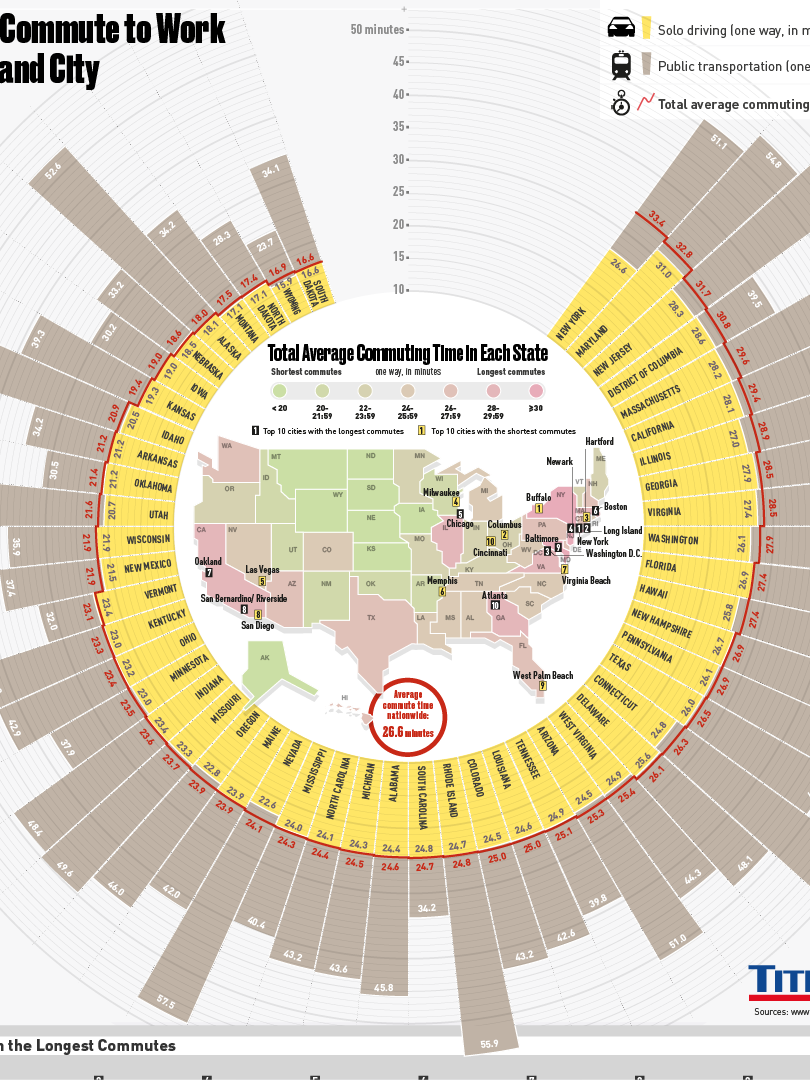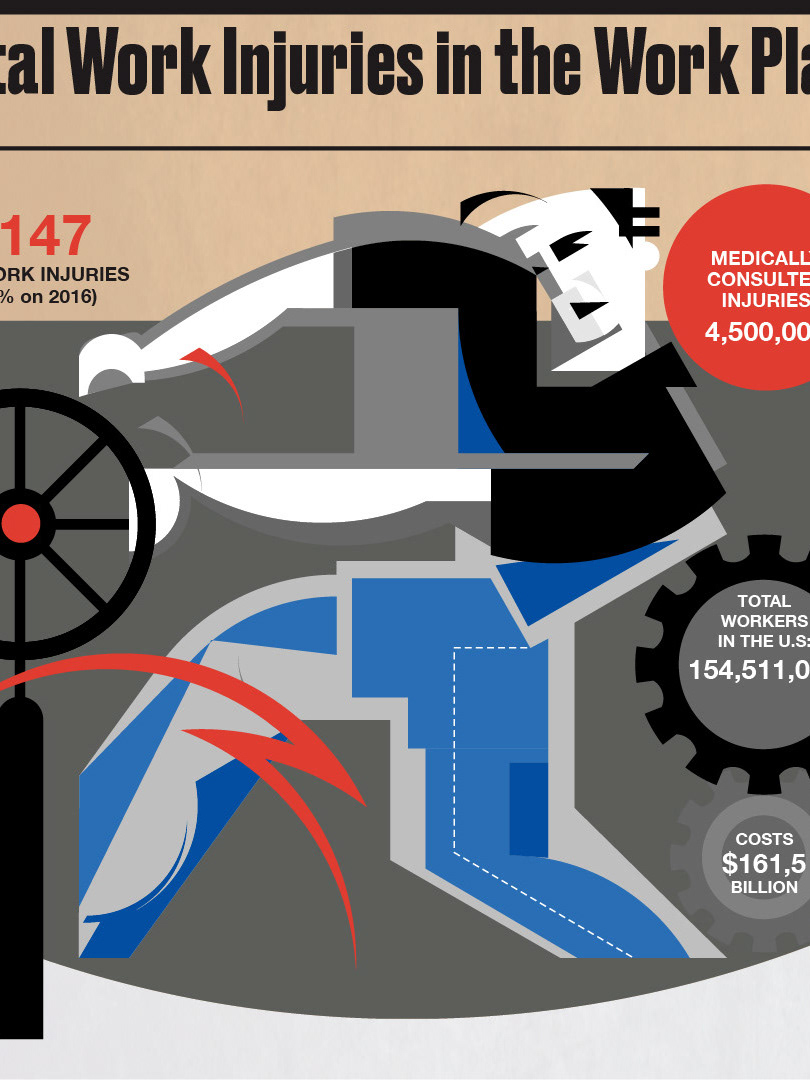Second viz for Corriere della Sera - La Lettura: “Termini di parentela”, number 446, 13th of June 2020
This infographic shows kinship names in 7 different European languages; three of them are neo-Latin languages, three are Germanic languages, and one is Slavic.
Terms are organized in circumferences: from the 'io' who observes his family around, to (part of) the fourth degree on the most external ring. There's also a broad, vertical organization according to the temporal sequence of the generations, from ancestors (above the 'io') to heirs (below). Same-generation relatives show approximately at the same height.
Terms are organized in circumferences: from the 'io' who observes his family around, to (part of) the fourth degree on the most external ring. There's also a broad, vertical organization according to the temporal sequence of the generations, from ancestors (above the 'io') to heirs (below). Same-generation relatives show approximately at the same height.
The lemmas of origin (from Latin or Proto-Germanic) are reported near to each node, whether they are known or reconstructed.
In the lower-left corner, the recurring affixes that mark the distance of degree of relationship and kinship acquired are lined up in a table; Germanic languages show a greater analogy than Latin languages, and a substantial equivalence between direct and 'related' relatives, who are classified as blood relatives (French beau/belle or English. –in-law). Finally, a small pie chart showing the percentage of consanguinity with the 'io' is added to each node.
This art piece has been conceived as part of a longer series about visual linguistics, and follows the previous viz on toponimy. The original idea, researches, and design are from me. More to follow, hopefully.
(The dataset was compile thanks to the helping hands and minds of Deborah Kaplan, Anne Jespersen, Susanne Faulstich, and Gaia Russo)










